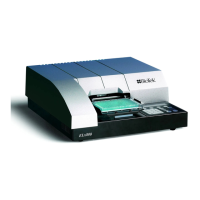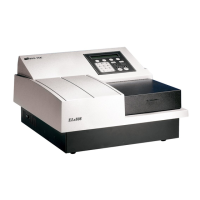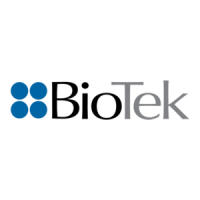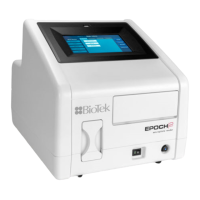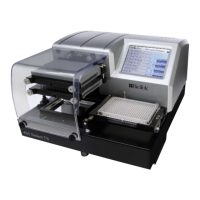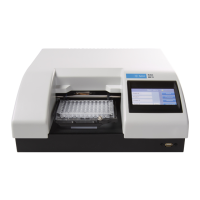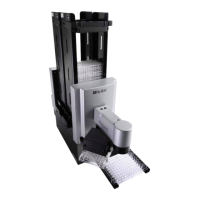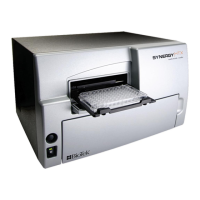What does it mean if the read time dark value is out of range on Biotek ELx800?
- SSandra BurnsAug 19, 2025
If the 'Read time dark value out of range' error appears on your Biotek Laboratory Equipment, it could be because the measurement electronics background noise has changed since the last power-up self-check, or ambient light may have increased since power-up. In this case, it's best to contact BioTek's Technical Assistance Center for further assistance.
